Southeast Colorado Antique Vehicle Club Early Iron Fall Cruise
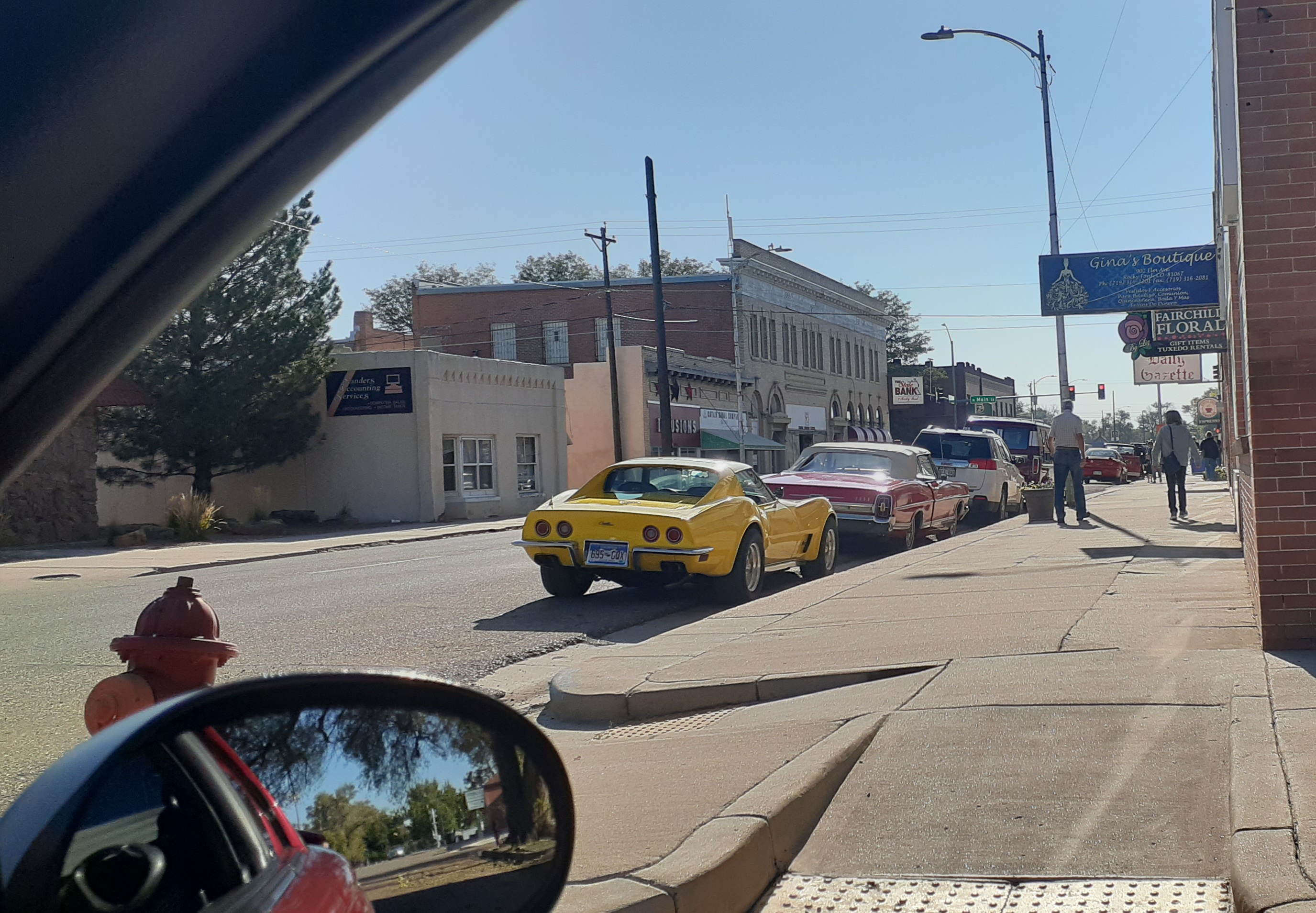
Description: The Southeast Colorado Antique Vehicle Club departed from Daylight Donuts in Rocky Ford just after 9 am.

The Southeast Colorado Antique Vehicle Club Early Iron Fall Cruise
The club polished up their rides for the Early Iron Fall Cruise. Jimmy and Chuck planned the tour, which was held on National Drive Your Studebaker Day. Three Studebakers made the trip, and there were several "on display." Check out the accompanying National Drive Your Studebaker Day Article coming soon on Seconews.

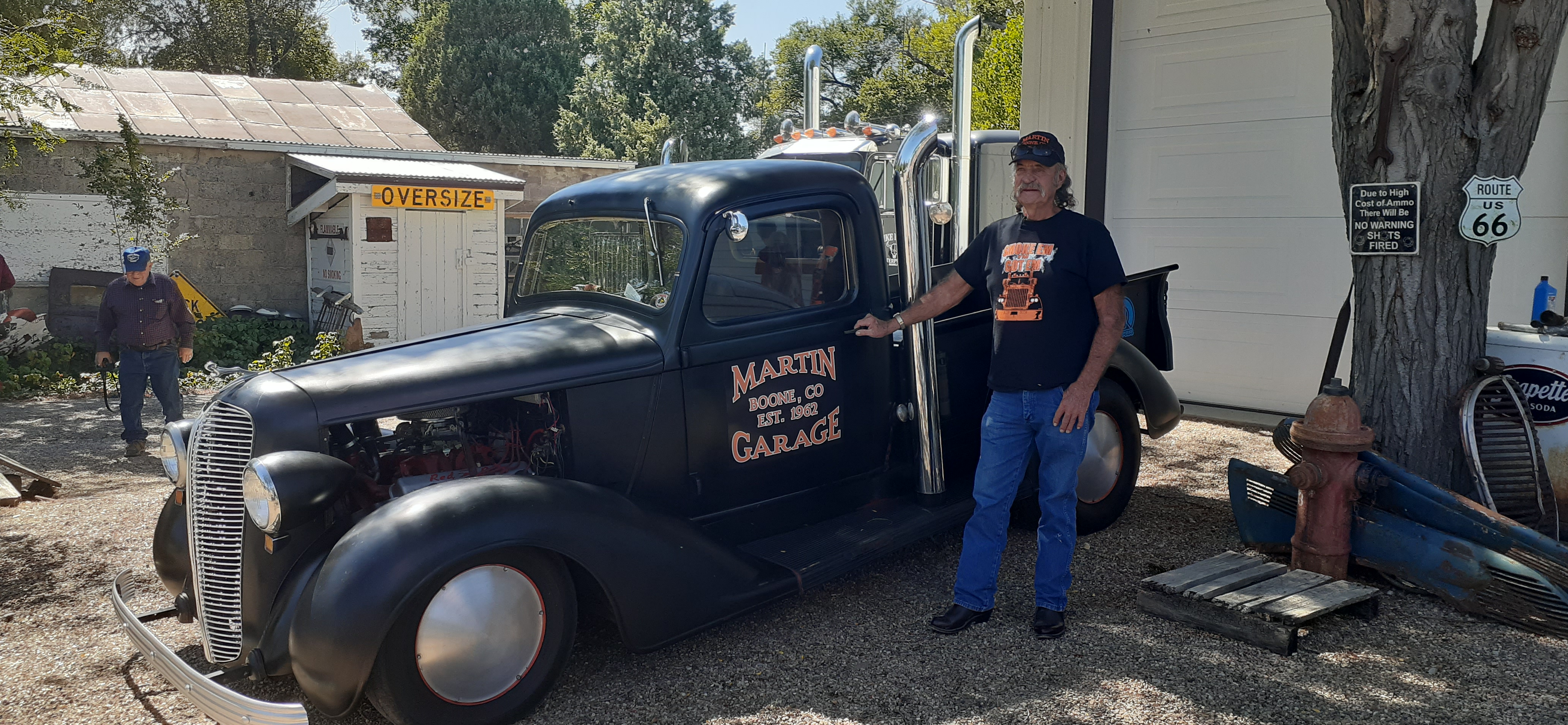
The Club toured several private collections. Vehicles and collectables sprawled over some serious acreage.
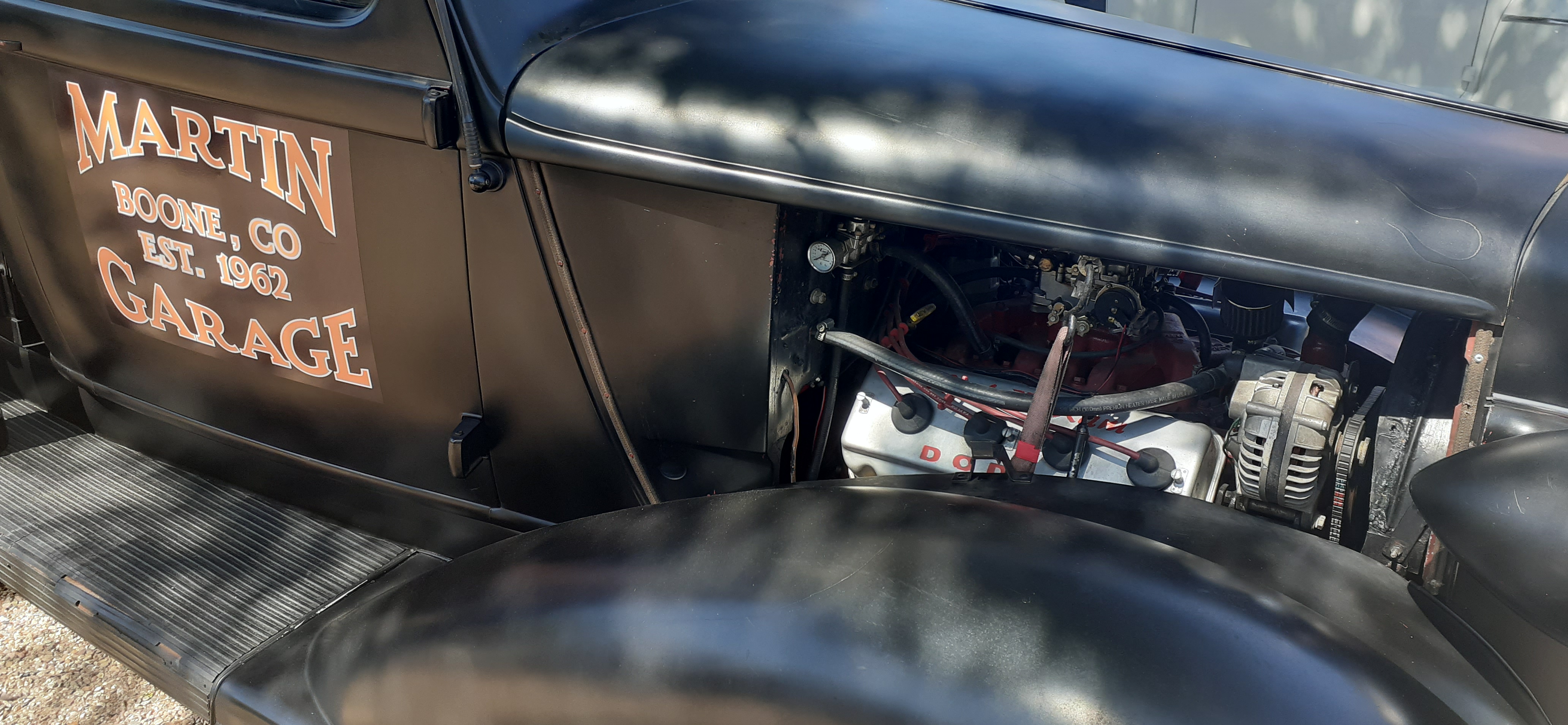
For most of the second tour the questions were answered with, "there's a hemi in it."
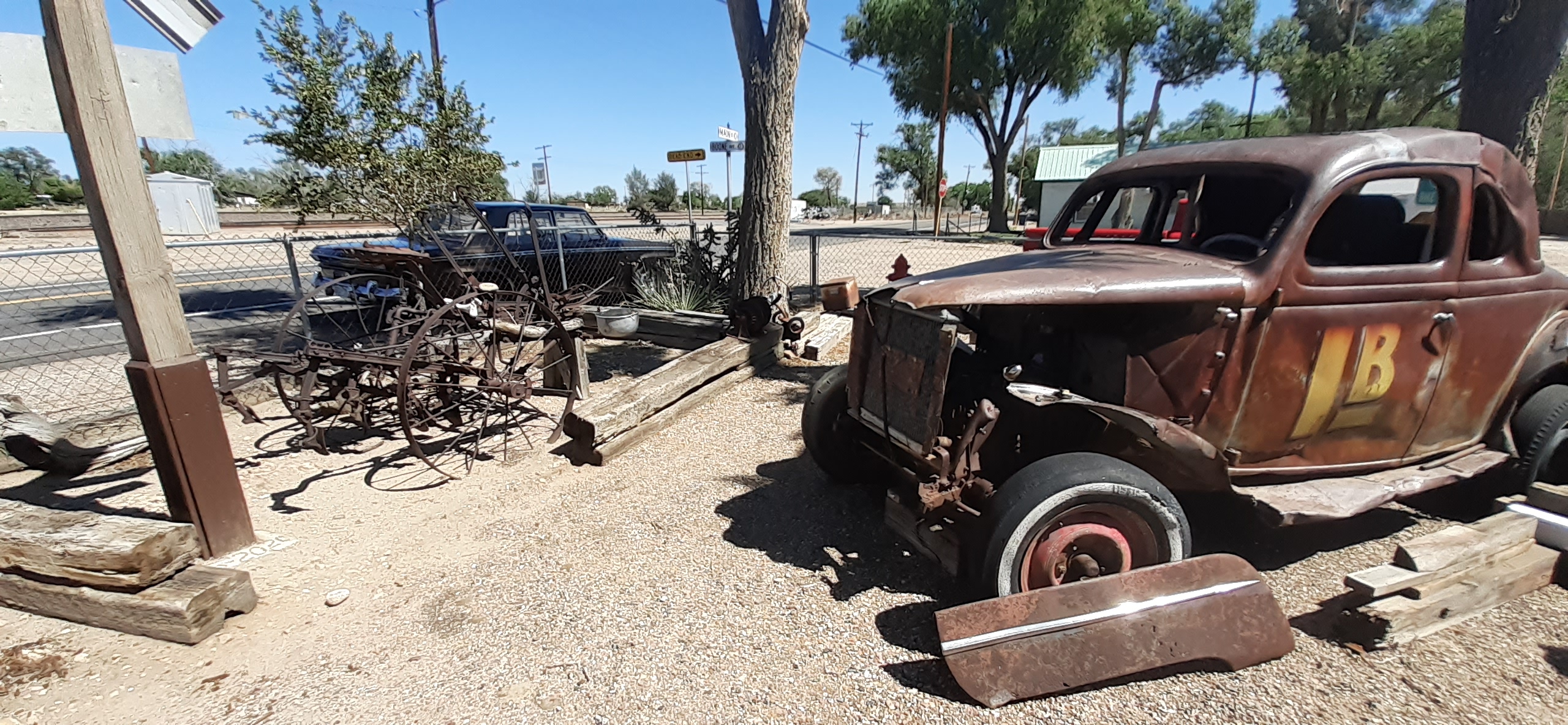 Several local race cars were on the tour including this vintage Fowler track car.
Several local race cars were on the tour including this vintage Fowler track car.
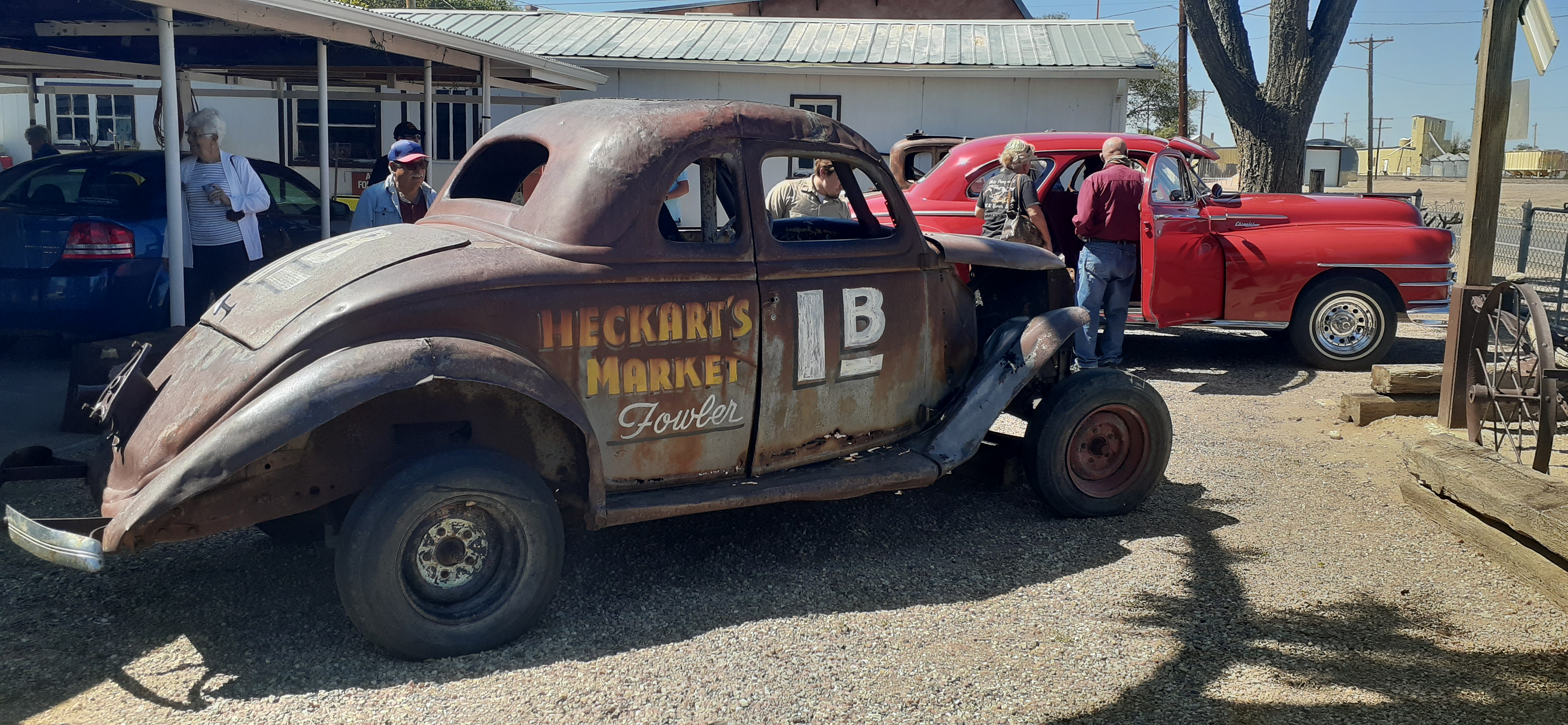
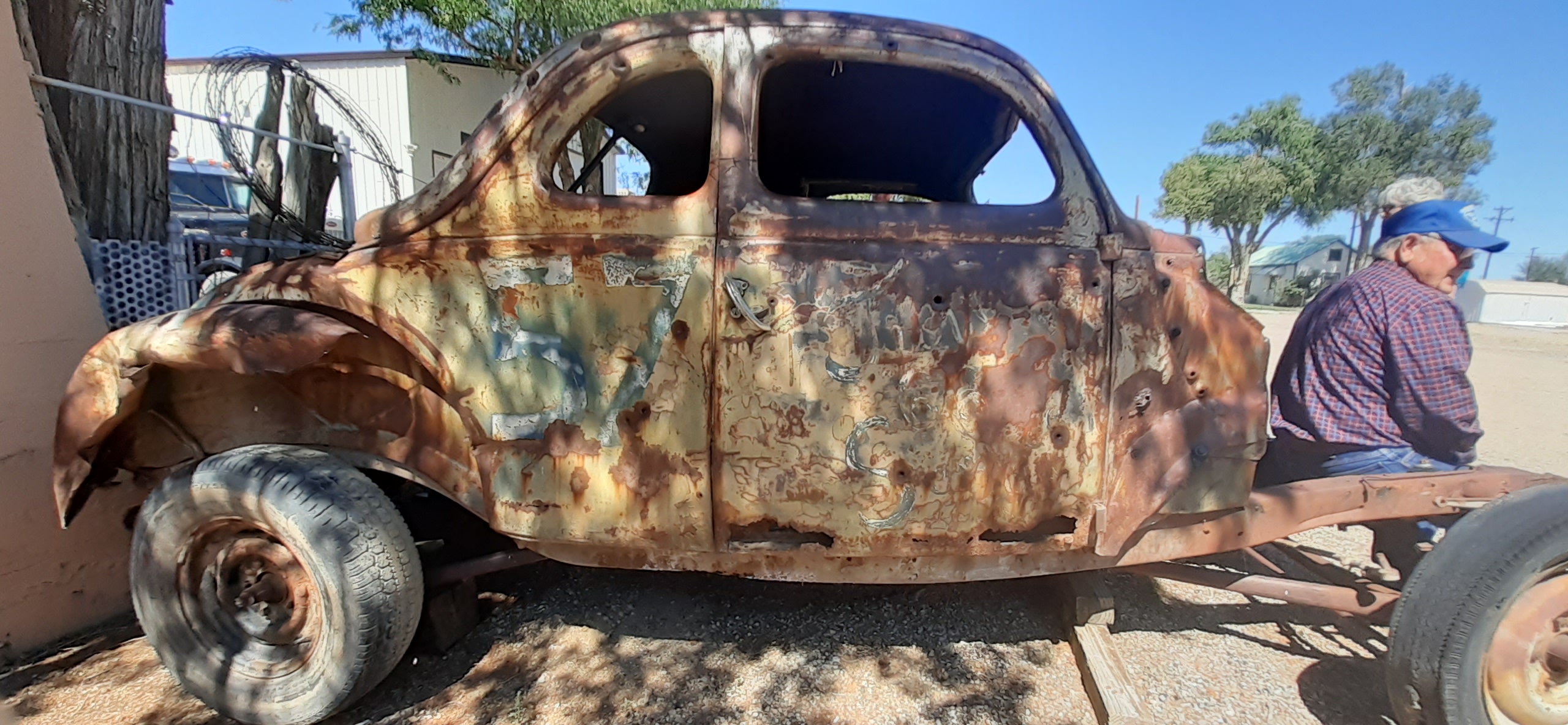 This one ran many races in Pueblo.
This one ran many races in Pueblo.
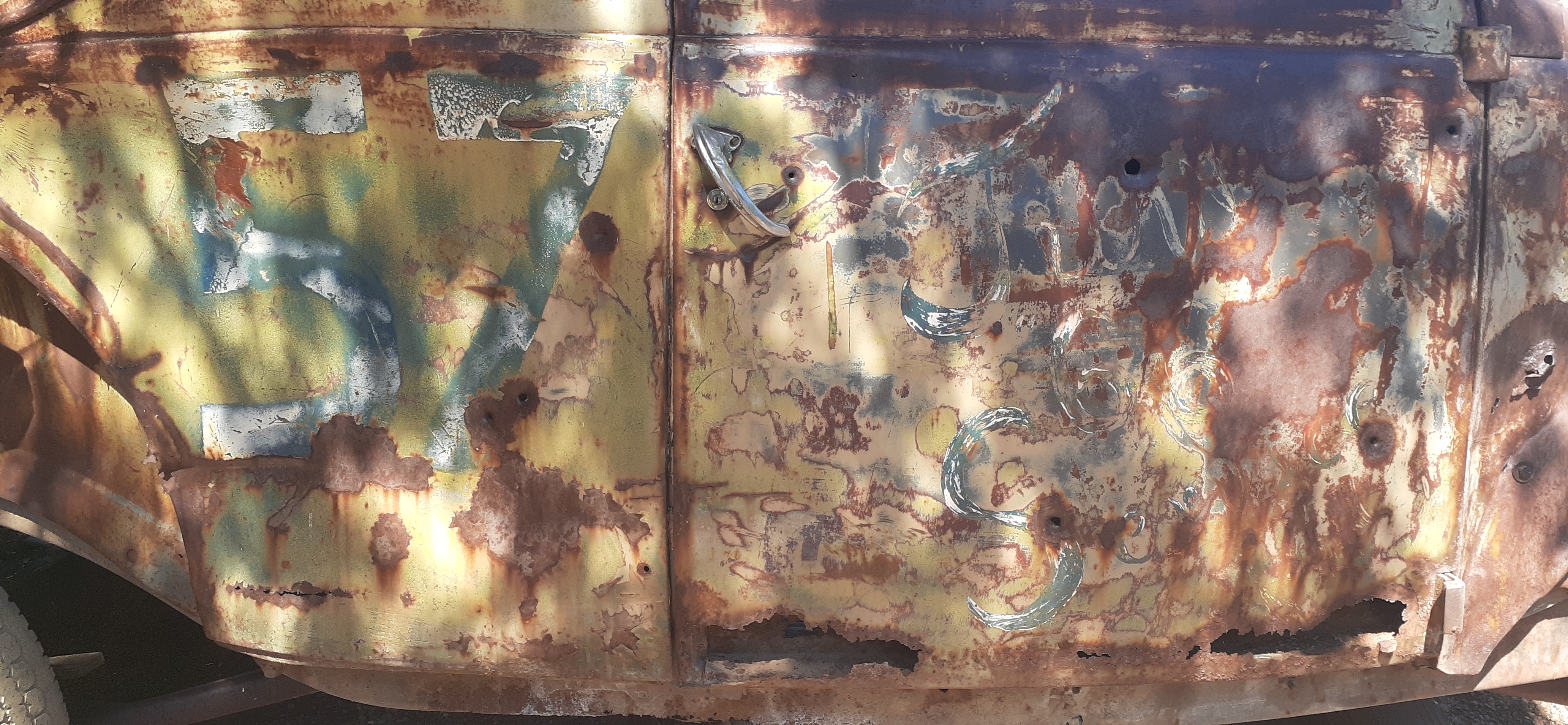 After consulting the owner it was determined that car number 57 raced for "Juan's 66 Service."
After consulting the owner it was determined that car number 57 raced for "Juan's 66 Service."
The Tour Guide provided by the club follows.
THE EARLY IRON FALL CRUISE STARTING IN ROCKY FORD, COLORADO THROUGH THE ARKANSAS VALLEY BY THE SOUTHERN COLORADO ANTIQUE VECHILE CLUB SEPTEMBER, 2020
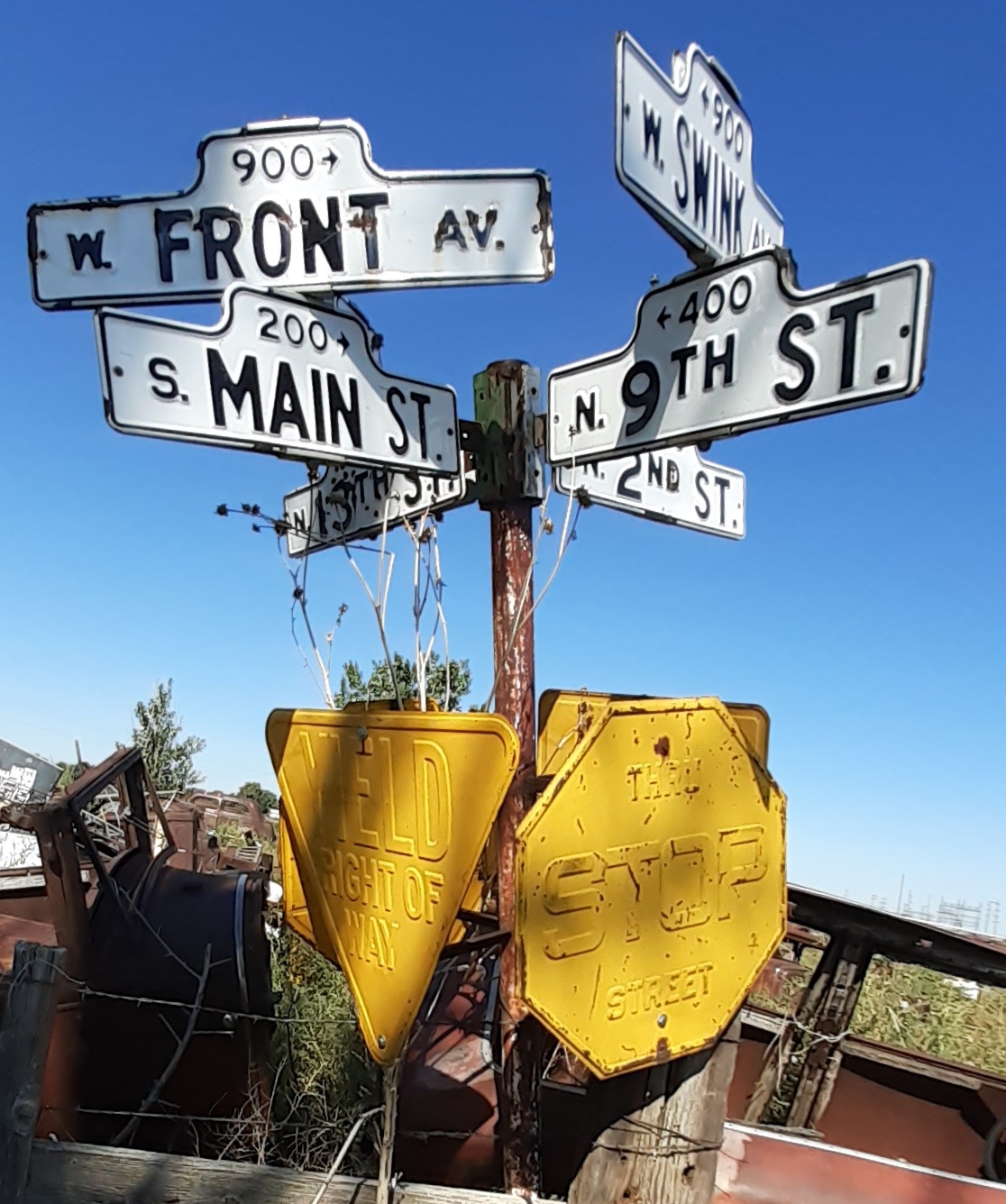
9:00 Daylight Donut Shop, 920 Elm Ave. Rocky Ford, CO
9:30 Leave Daylight Donut Shop traveling
West on Swink Ave (US 50) turn left onto 2nd Street
South on 2nd Street to State Highway 202 turn right
Continue on State Highway 202 which become Count Road FF to County Road 14 where you turn right
Travel north on County 14 to turn left or west on to US 50
Travel west on US 50 for the first tour.

After tour we will travel back on Highway 50 west to Manzanola where we will stop for a rest stop at Bauserman’s Farm Market.
Leaving Bauserman’s Farm Market we will travel west on US 50 to left on to County Road 11. We will follow the detour signs to Fowler.
From Fowler we again turn on to US 50 and travel west to State Hwy 209. Turn right and travel to State Hwy 96 to Boone.
Taken State Hwy 96 east into Boone to south Russell Street where we will have lunch at the VFW Post 8898.
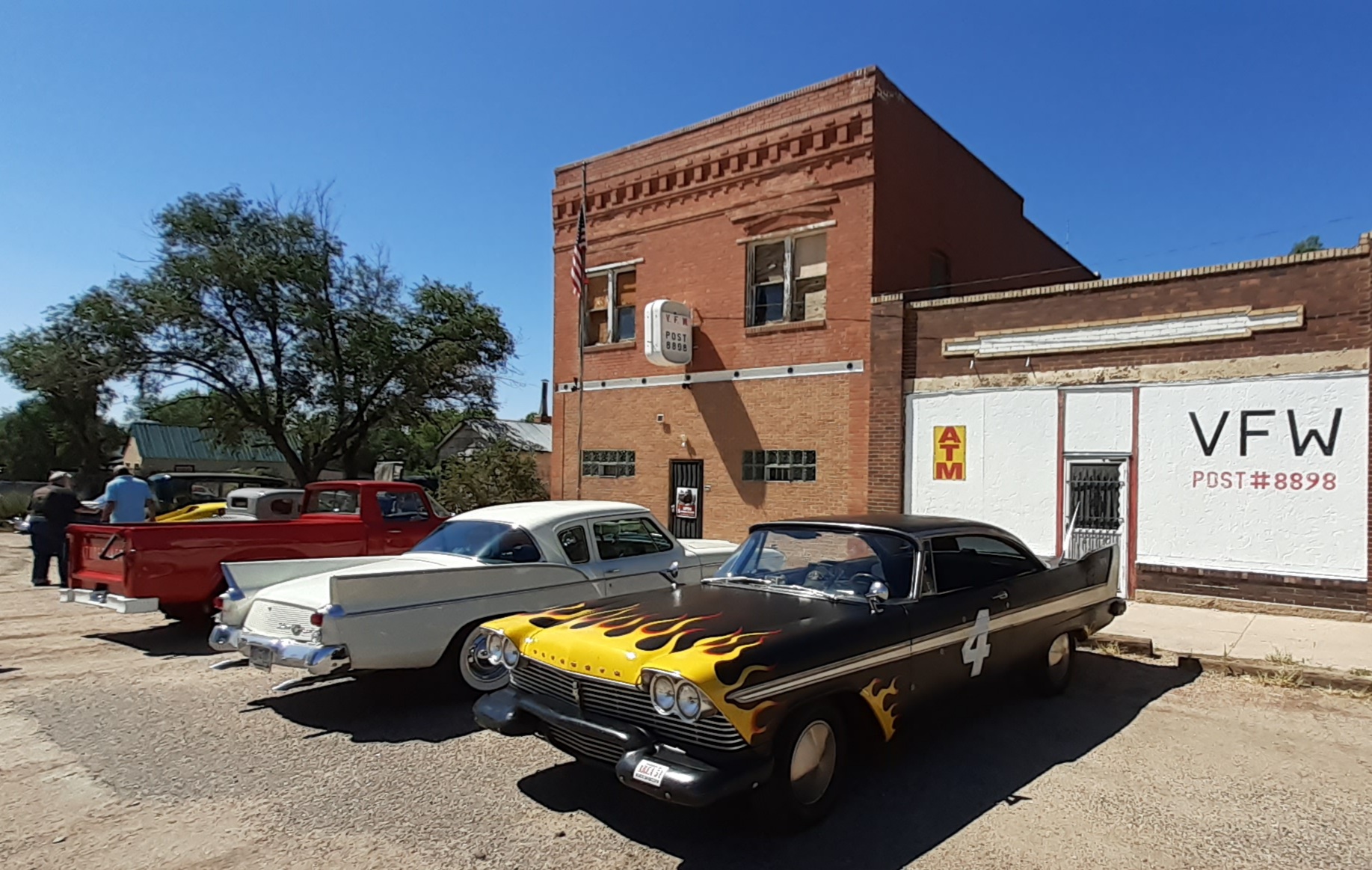
Noon: Lunch will be having sub sandwiches. Drinks can be purchased from the VFW.
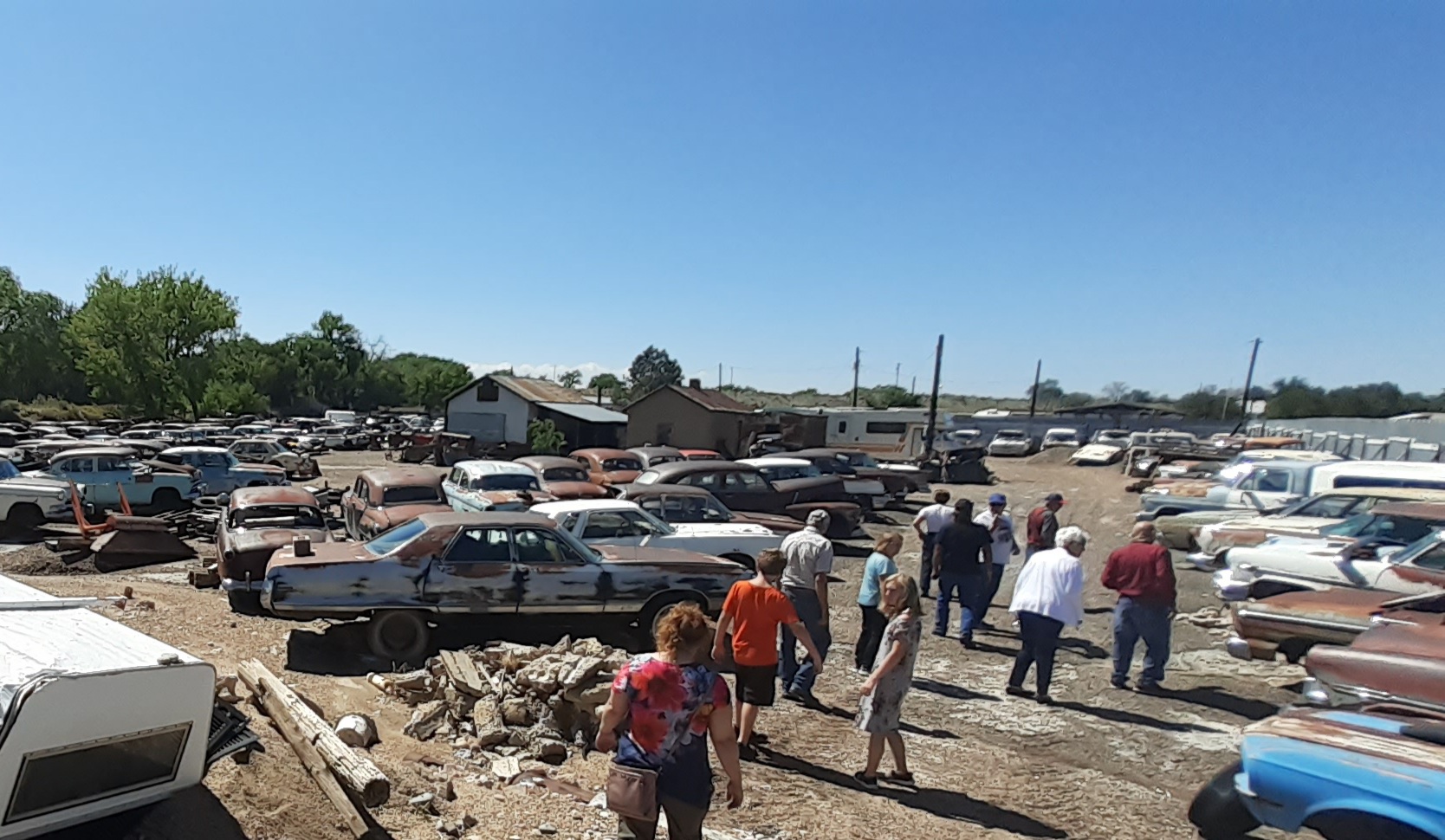
Following lunch we'll start our second tour. The tour is of The Early Iron Collection in Boone. Once the tour is finished members can continue on their own.
They can cruise thru North Boone, Olney Springs, and Crowley.
We would like to thank the Wilson’s, the Matin’s, and Dan Shake of the Boone VFW for their time and effort for making this a very fun and interesting fall tour.
Thanks for coming along.
“HAPPY TRAILS TO YOU AND YOUR FAMILY”.
SOME INTERESTING INFORMATION (provided by the the Southeast Colorado Antique Vehicle Club)
Rocky Ford, Colorado
The literal-minded explorer Kit Carson crossed the Arkansas River at a shallow spot filled with shale and boulders and dubbed it Rocky Ford Crossing Place.
The name stuck when two men traveling west with a wagon train decided to stop at the site and build a general store. The small community begun by G. W. Swink and Asa Russell in 1871 was actually about two miles from the current Rocky Ford. The town moved 13 years later, following placement of railroad tracks. Now, the town nestles around Highway 50, the only coast-to-coast highway in the United States.
From the start, melons were the staple of Rocky Ford. Today, Rocky Ford cantaloupes and watermelons have fans worldwide, thanks to the Arkansas Valley’s dramatic temperature swings from day to night (the greatest disparity in the country) that encourage the melons to sweeten. Lucille Ball was reportedly such a fan she had Rocky Ford melons delivered to her dressing room.
The town’s high school mascot is a muscular melon, and the team is called the Meloneers. In 1878 G. W. Swink established the tradition of Watermelon Day, sharing his own crop with a train passing through. In 1887, the same year the town was incorporated, Swink was elected as its first mayor.
G.W. Swink also established the Arkansas Valley Fair.
In 1899, hoping to diversify the town’s economy, the energetic Swink successfully pressed for construction of a sugar factory in Rocky Ford, and sugar became another leg to the economic table that lasted for 80 years.
History remains an integral part of life in Rocky Ford. Both Watermelon Day and the Arkansas Valley Fair, held the second full week in August, continue today, reminding residents and visitors of the area’s history and celebrating the sweet produce. The fair is the oldest continuous fair in the state. Most construction in the town dates to the 1960s and earlier.
Weitzer, Colorado or Vroman, Colorado
Established on Colorado’s southeastern plain around 1891, this Otero County ghost town stands between the small towns of Rocky Ford and Manzanola. The settlement sprang up around a railroad siding bearing the name Weitzer. Its namesake, Frederick Weitzer, was an American of German descent who lived in Rocky Ford with his family. Weitzer had managed a sugar beet factory in Norfolk, Neb., and by 1901 was managing the newly opened American Beet Sugar Co. factory in Rocky Ford.
The Atchison, Topeka & Santa Fe Railroad, which had run trains through the area since 1876, helped the fledgling town develop. The post office, which doubled as a general store, opened in 1908, and a blacksmith started up beside the railroad station. Weitzer served mainly as a beet dump (or drop point for beet shipments) for American Beet Sugar. As farming and ranching flourished, Weitzer and surrounding towns grew. By the time Weitzer got its post office, Rocky Ford’s population was approaching 3,000, and Manzanola’s stood at around 400. (Weitzer’s population is unrecorded.)
The crop from these towns helped Colorado remain the nation’s leading beet sugar–producing
State for much of the 20th century. During World War I, due to anti-German sentiment, town officials dropped the name Weitzer in favor of Vroman (Dutch in origin), after businessman and eventual Otero County commissioner John C. Vroman (1847–1926). Vroman is buried alongside family members in the Manzanola Mountain View Cemetery.
Following the closure of two previous schools, Vroman School—offering classes through eighth grade for the sugar beet farmers’ children—opened its doors in 1918. The Denver architectural firm of Mountjoy, French & Frewen designed the two-story brick building in Mediterranean Revival style.
At its 1930 peak Vroman had a population of 605, but the Great Depression financially devastated the area, and the town spiraled into decline. The post office closed in 1954, and the school followed in 1971, its students shifting over to the public schools in Rocky Ford. Rocky Ford and Manzanola managed to survive hard times.
Manzanola, Colorado
Town of Manzanola, Colorado is a Statutory Town in Otero County, Colorado. The town population was 434 at the 2010 United States Census.
A post office called Manzanola has been in operation since 1895. The town was named for an orchard near the original town site, Manzanola being a name derived from Spanish meaning "red apple". Manzanola was previously known as Town of Grams Ranch, Town of Apishipa, and the Town of Catlin, in consecutive order.
Fowler, Colorado
Fowler was named for Orson Squire Fowler, a phrenologist who founded the town. The town was incorporated in 1925. The town was built as a small railroad station for the Atchison, Topeka and Santa Fe Railway. The town was originally named Oxford, for a large ox that was killed when crossing the railroad tracks.
Boone, Colorado
The Town of Boone is a Statutory Town in Pueblo County, Colorado, United States. The town population was 339 at the 2010 United States Census. Boone is a part of the Pueblo, CO Metropolitan Statistical Area. Boone was founded as Booneville during the Pikes Peak Gold Rush by Albert Gallatin Boone, grandson of Daniel Boone. Boone was the first postmaster and for a brief time Indian agent to the Cheyenne and Arapaho.
Follow SECO News on Facebook.
Subscribe to the SECO News YouTube Channel.





.png)

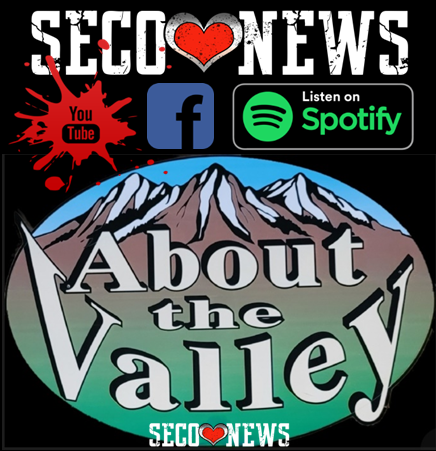




.png)
.png)


.png)







